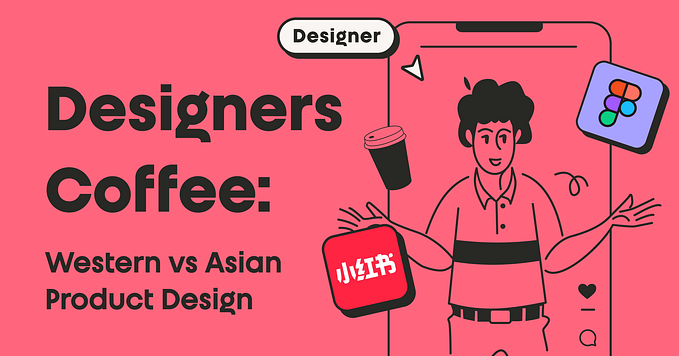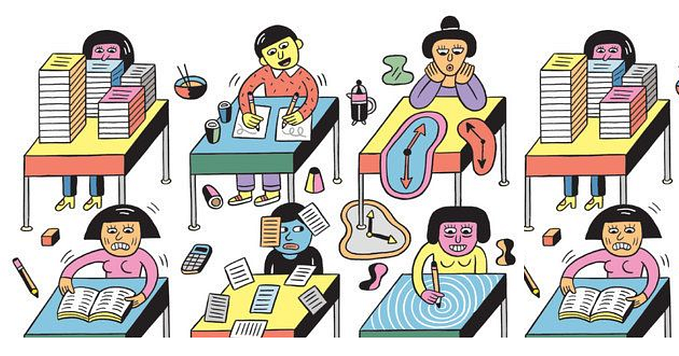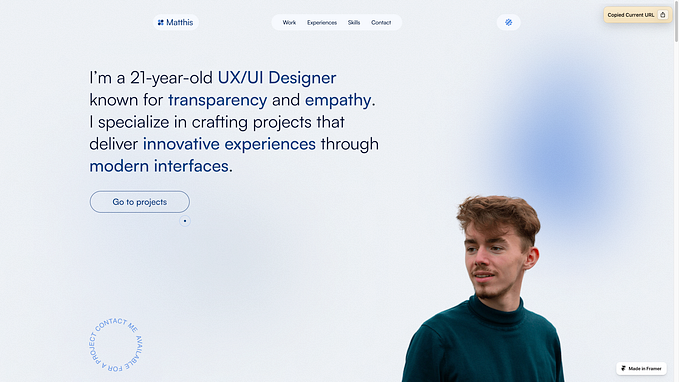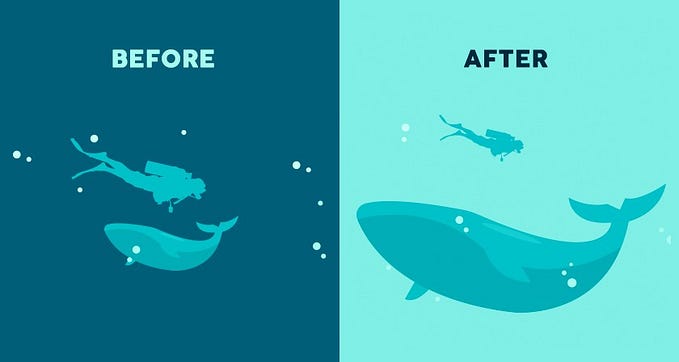The power of authenticity in UX design
Aim for authentic experiences for the user, not the designer
Authentic leadership, organizations, coworkers, and even workspaces are transforming the way we look at ourselves. The principles of authenticity — what makes a leader or a company “authentic” — and examples of how to gain that coveted title of being genuine, transparent, sincere, and real are all over the internet. The authenticity paradox in the leadership domain is understood by business scholars as the desire to be real but not too real (which could hinder career advancement and erode follower respect or trust).
Leadership aside, there are many other examples of curating an authentic brand for products, building a more authentic physical workplace, and even developing an authentic team culture. A Senior Creative Director in Pittsburgh, Bryan Boul, is fond of saying:
“Authenticity is the fact that you can change your future but you can’t change your past.”
Blame the Millennials all we want, but today’s cultural norms demand we take a critical look at ourselves and align the outward image that is portrayed to the world with our actual behaviors as well as, and perhaps more importantly, how we feel deep down inside.
In terms of designing a user’s experience with a software interface or product, little has been said of the role authenticity plays. When looking at the variety of authentic design literature online, great emphasis is placed on how the designer feels about the product or outcome, and whether or not it reflects the designer’s true intentions.
But is this really how we should be thinking about user’s experiences, from the perspective of the designer? I think not. To establish a truly user-centered design, the emphasis on authenticity should be from the perspective of the end user. I will call this end user authenticity.
So what is End User Authenticity? In short, it is a method of establishing authenticity in a design from the perspective of the user experiencing the product, as opposed to looking at authenticity from the designer’s own perspective. There are four interrelated aspects of establishing an authentic end user experience.
A Means to An End
When we are trying to establish an authentic experience for end users, we need to actually know what tasks our users are trying to accomplish. This is related to the “jobs to be done” category of user research, sometimes also described as a task analysis. In a typical task analysis, a researcher would align the outcomes of tasks (goals) with certain actions that need to take place in a screen or interface in a series of steps.
Breaking down the tasks that need to be done helps to frame the design in terms of the user’s end goals and ensure that the design supports the user in accomplishing those. This is the first step in establishing authenticity in user-centered design: the design itself hinges on the user getting something done. This authenticates the design by virtue of making it compatible with user goals and tasks.
Measuring Success
After completing the task analysis and developing an initial wireframe, the design must be tested with end users to see if those tasks (that is, the way the designer envisioned the tasks occurring) actually align to the workload, intentions, and capabilities of real people who have real world problems to solve using this design concept.
This second step of authenticity allows for re-thinking and tweaking of the concept before it becomes a functioning prototype. Authenticity here is the ability to map the design onto the user’s tasks in tangible, testable scenarios.
Get More Claps
Let’s use Medium as an example. For writers, the end user is the reader. Medium has designed authenticity directly into the writer’s experience by rewarding them for their work, while also encouraging readers to “vote” up their favorite stories in a simple, honest way: clapping.
According to Medium, “Clapping allows you to show your support for a Medium post and recommend it to your followers.” Authenticity in this design is created by giving the user a voice. The reader is able to have an immediate (number of claps increase) and important (followers can see the post) effect on the story they have just read. In this way, users are involved with tailoring the content that is shown to their followers, allowing them to expose themselves in a genuine way online.
Another ingenuous example of users being authentic is how Venmo allows its users to make payments details public to one another…is there anything more truly self-exposing than seeing your dog walker pay for a bikini wax on Venmo?
I’ll Know It When I See It
At the end of the day, we are all just researchers and designers attempting to sit inside the head of a person sitting inside the user’s head. And how that end user experience is cultivated and enriched, from start to finish, is all fodder for making an authentic and genuine design.
To truly pay witness to an end user’s knowledge, motivations, and habits, we have to look at our designs holistically, meaning that all aspects of our design language, interactions, visualizations, and experience satisfy one another — and are representative of a user’s authentic state, as opposed to that of the designer or other stakeholder.
As a UX designer or researcher yourself, what ways have you found to create authentic end user experiences? I’d love to hear your thoughts on defining authenticity for diverse user groups.







